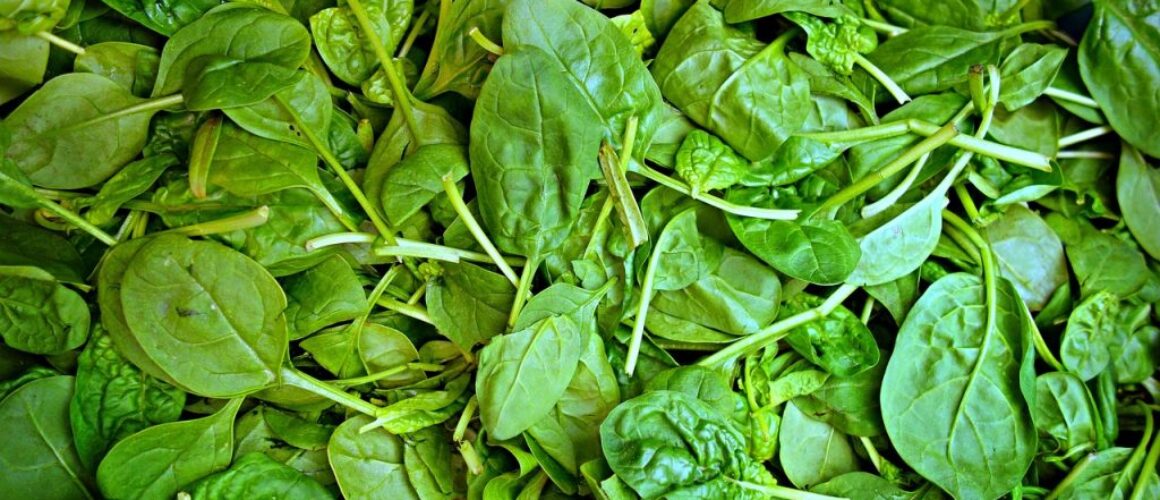Less Than 1% of U.S. Farmland is Organic: A Growing Crisis
With all of the talk about organic, few people realize that organic farming makes up a small share of U.S. farmland overall. There were 5 million certified organic acres of farmland in 2016, representing less than 1% of the 911 million acres of total farmland nationwide.
Less than 1%.
That’s a hard number to reconcile given all of the talk about organic. So what is happening?
It turns out that we import the organic food that we need, since we don’t grow enough of it here.
Imagine if any other booming industry acted this way—outsourced the economic upside to producers in other countries, rather than build out the capacity here.
But that is exactly what we have done.
Since we don’t grow enough organic food here in the U.S. to meet American demand, we import it. This is an expensive proposition, in so many ways, and further guts our farm economy which is already struggling due to low commodity prices, excessive debt, bankruptcies, farmer suicides and opioid addictions.
But what is interesting is where things are starting to change. According to a new report from Pew Research Center:
“Although Southern states do not have as many certified organic farms as other parts of the country, the South saw the most growth in organic farming since 2011. For example, Arkansas had just 10 organic farms in 2011. That number jumped to 64 five years later—an increase of 540%.
Alabama, South Carolina and Missouri all saw increases of more than 200% since 2011. And several other Southern states saw their certified organic farm count more than double in those five years.
Cow’s milk was the top food sold by U.S. certified organic farms in 2016, with a total sales value of $1.4 billion.
About four-in-ten U.S. adults (39%) say that most or some of the food they eat is organic, while 61% say not too much or none of their food is, according to a recent Pew Research Center report.
Americans are closely divided over whether organic fruits and vegetables are better for one’s health than conventionally grown foods. About half of U.S. adults (51%) say organic produce is neither better nor worse than non-organic produce, while 45% say organic is better. Younger Americans and those who report eating at least some organic food are more likely to believe organic produce provides health benefits.”
If Americans have proven anything when it comes to food, it is the fact that we don’t do anything in moderation. And yet here we are: almost invisible when it comes to organic food production.
It’s time for that to change, and that starts with the capital. It is time to offer loans and funding to farmers so that they can transition to organic. It takes three years, so the marketplace also has to offer a solution for these transition crops. We can all participate, from the venture capital firms to the consumers to the food companies.
Companies like Cargill and ADM are clamoring to make a deal, but the money needs to come without the baggage that brands like those bring. Otherwise, we are trying to solve the problem with the same companies that created it.
There are a lot of alternative sources of capital that have not yet been put into play. Donor Advised Funds (DAFs) are one example, with $110 Billion available, according to the National Philanthropic Trust, and yet estimates run from only 10-17% of that being put to use.
Food security is national security, and right now, we don’t have either. Our farmers are in crisis, with rising bankruptcies, suicide rates and a growing opioid epidemic on the farm. It’s time to secure our food system and deliver the products that a growing number of American families want, and that requires smart, value-aligned capital.
Otherwise, we will end up with an organic food system that is 1% for the 1%.
